In addition to introducing lots of interesting consumer software features, Apple’s Worldwide Developer Conference 2014 was jammed packed with important announcements for teams building mobile applications. Here’s an early look at what these announcements mean to teams building iOS applications.
Design
Good news for battle-weary developers after last year’s major iOS 7 overhaul — the fundamental design language of iOS 8 remains the same. But we’re now two generations out from iOS 6, and if your app hasn’t yet adopted a new design, it’s officially feeling antiquated, and it’s time to invest that effort.
It’s also safer now to adopt some of the more obscure iOS 7 gestures, like swiping to take action on items in a list, and the back-swipe as a universal back button. Apple’s continued use of these gestures will make them both less opaque to users, and more expected in 3rd party apps.
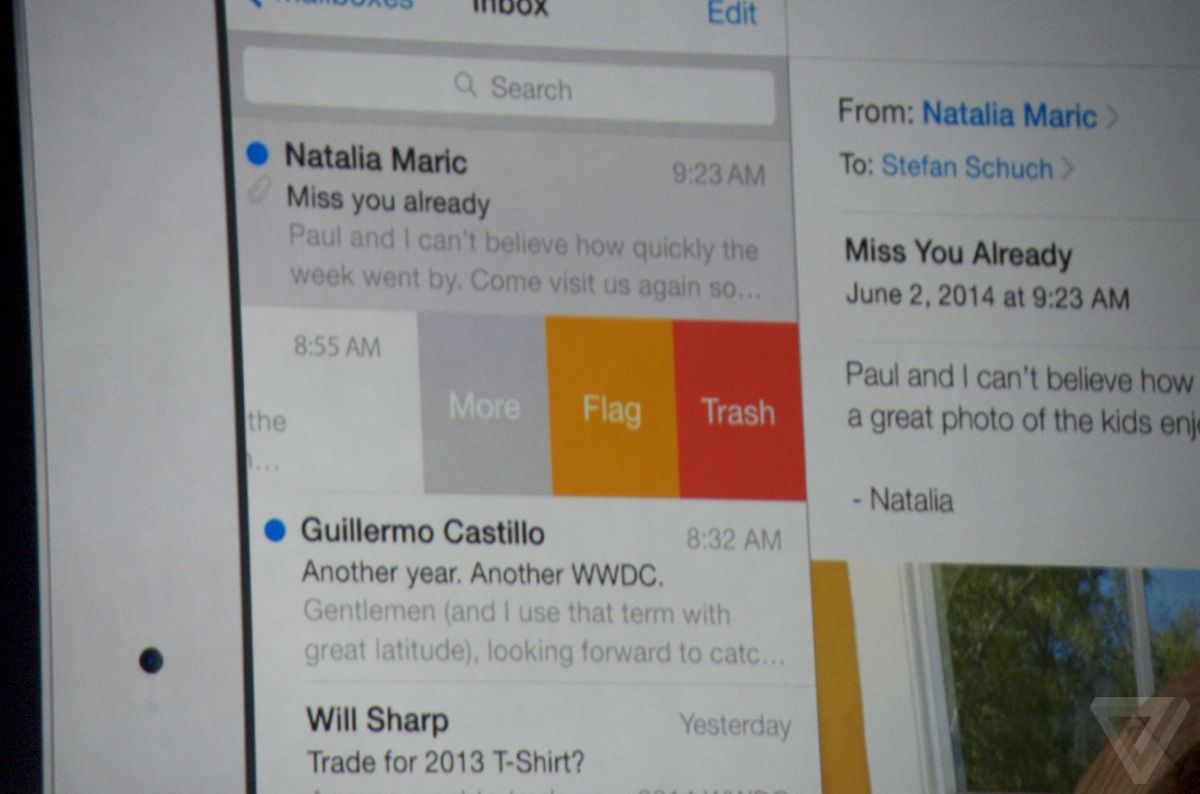
Device Support
While no new hardware was announced at this WWDC, the writing is on the wall for continued resolution independence. All indications are that a larger iPhone is coming this year. And in the new XCode 6, the simulator has options for a mysterious “Resizable iPhone”, which tells me that developers should start making their UIs more fluid now, in preparation for more diversity in device aspect ratios.
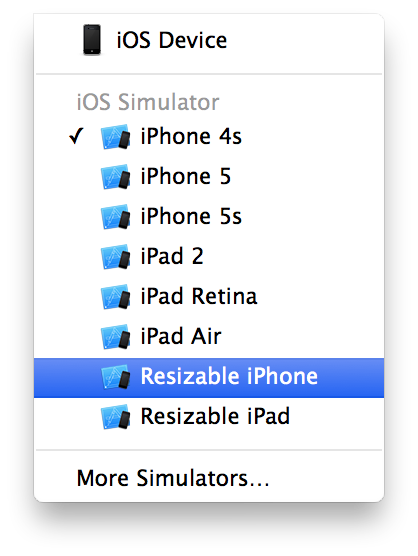
As far as we know, all iOS 8 devices will be retina, which eases the burden of shipping too many different assets in your application. But it’s not impossible that new resolutions (e.g. @3x) will be introduced with upcoming devices, so be ready with high-quality vector art, while continuing to push more design elements into code.
App Store Changes
There are lots of changes to the AppStore coming
- Video “screenshot” previews
- App Bundles, to sell multiple apps at a special bundle price
- Related searches
- Explore Tab
- Editors Choice badges
- Trending searches
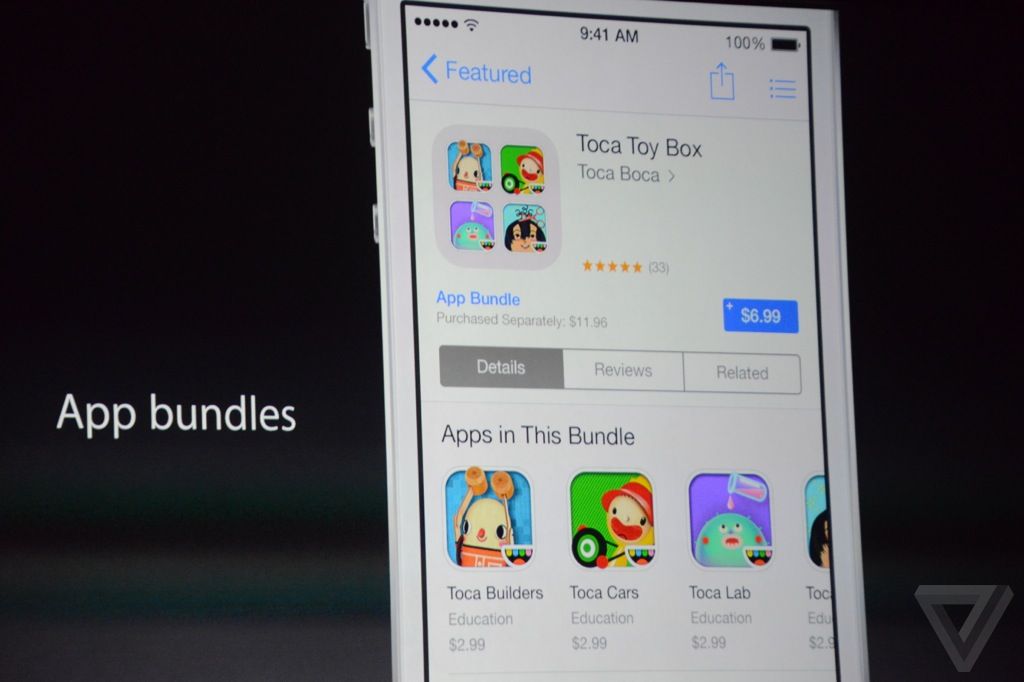
I’m a bit concerned that these changes will add up to make the AppStore an even bigger popularity contest, especially those last three features. It makes discovery
Also worth noting is that a search in Spotlight will now return AppStore results, which could make a nice shortcut for prospective users to find your app in the store. I expect to see more apps advertising “search for us on your phone” if this feature works smoothly.
Custom Keyboards and Predictive Typing
Most of us are probably not going to build a custom keyboard. But app developers should be prepared to start testing their apps with 3rd party keyboards. Especially if you’ve been extending the top of the keyboard with custom buttons. Time will tell how well-behaved custom keyboards are, but no doubt some subtle bugs and usability issues will be lurking here.
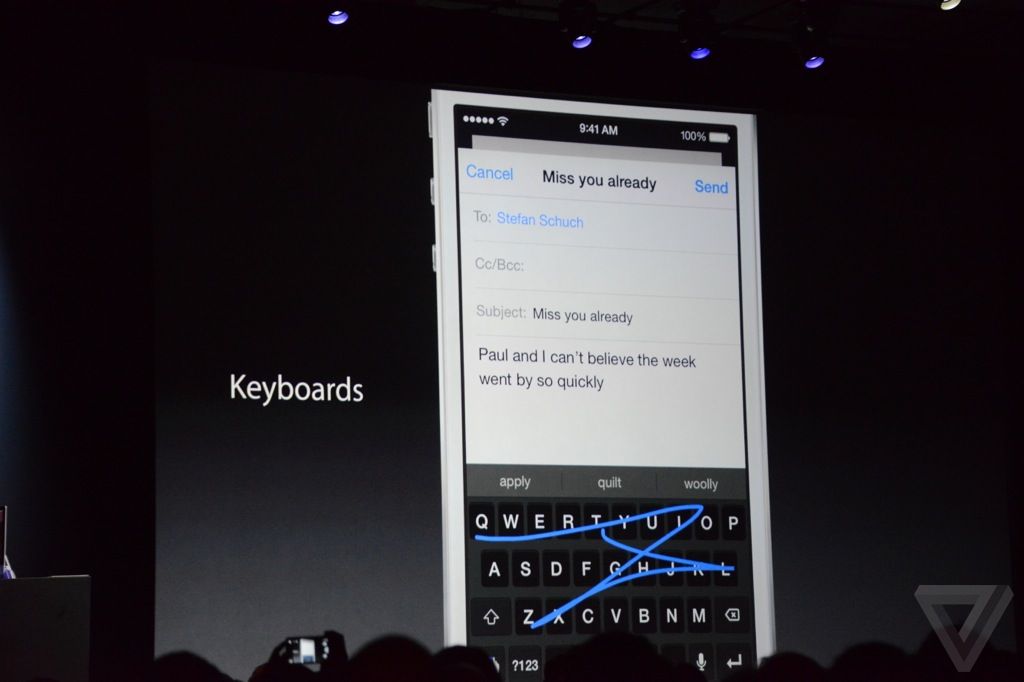
If you have a text-entry-heavy application, spend some time with the new predictive typing as well. It’s still unclear how much control developers will have over the suggestions in their application (Apple says it’ll “learn each user and app”), but it’ll have an impact on your user experience for sure, and takes up even more space above an already bulky keyboard1.
iCloud Drive
If your application deals with documents, or can open other document types, you’ll touch iCloud Drive somewhere.
In my opinion, this announcement is a lot bigger than the press it’s been getting. For the first time on iOS, we have something closer to a true filesystem. Users will begin to expect an experience more like they have on desktop, where your app can import, export, and support more filetypes stored in their iCloud Drive2. All file management in your app should be done using the new floating panel Apple provides.
TestFlight
Apple’s acquisition last February of the TestFlight service is starting to bear fruit. App developers can now run beta tests with 1000 users (and each may have multiple devices!) That’s a game changer for any large-scale beta testing effort. And it’s free.
The major downside is for cross-platform devs who would prefer a service that works with both iOS and Android, and who will probably turn to the fortunately-timed new beta distribution offering from Crashlytics/Twitter.
Extensibility
This is probably the biggest tectonic shift for iOS app developers since the launch of the AppStore itself. For the first time, the core operating system will support inter-app communication and services.
To date, most apps have been hacking around inter-app communications using custom URL-handlers, so other apps could trigger your app to launch with parameters. It’s worked surprisingly well, but is severely limited.
With Exensibility, your application can publish and consumer functionality that includes
- Register your app in share sheets
- Offer data and services to other apps
- Create UI that can be embedded in other aware applications, like 3rd party photo manipulation tools that all camera apps can use
Remember to play nice with other apps in your ecosystem. Very few apps can afford to wall themselves off, and user expectations for interoperability are going to keep growing. Get out ahead of it with application extensions.
Widgets
Related to Extensibility, and even more immediately apparent to users, are Widgets for iOS. An ancient feature on Android, iOS is exposing widgets in Notification center, for things like weather and sports scores.
Along with Extensibility, this is a tool in the development arsenal that you shouldn’t ignore! The opportunity to have your app present on the lock screen and notification center, visibly in the daily workflow of your users, is a privilege. Time spent crafting a beautiful and useful experience in your widgets will pay off in spades with user engagement.
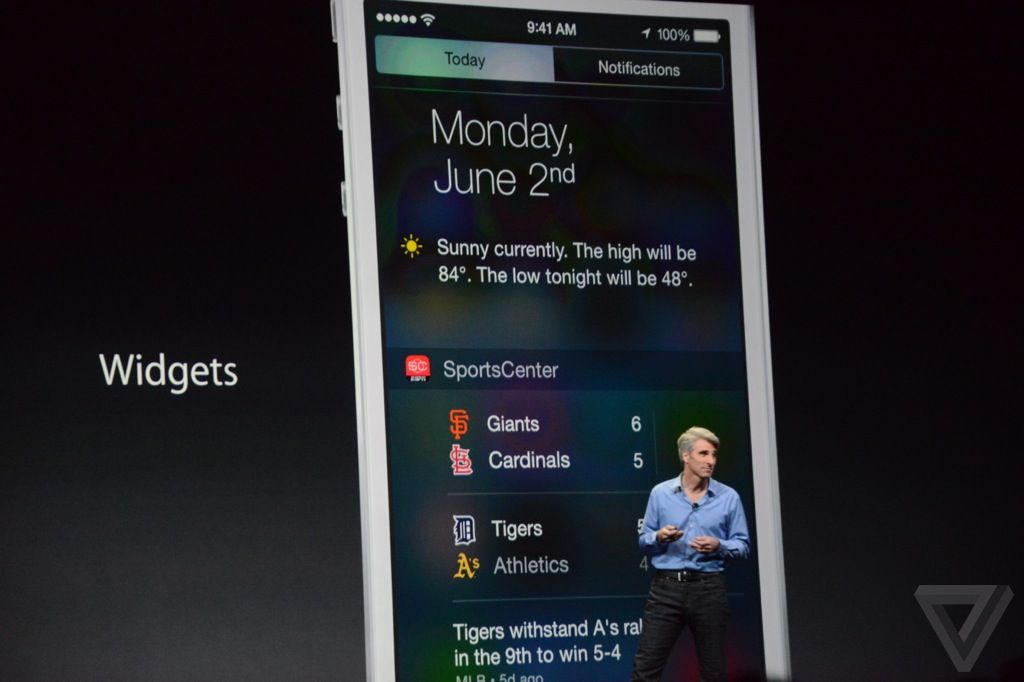
TouchID
If you have secure data in your app, start using the TouchID API now to unlock it. Basically, anywhere you were already prompting for a password should optionally use TouchID.
For other personalized devices, this is great too. Like I should have to confirm my TouchID before a remote control app will open my garage doors, or show me my medical history.
Continuity
Apple is making big moves in the area of placeshifting, most noticeably with their new Continuity feature. But this is only relevant for Mac OS X machines right now.
If you are building productivity, creative, or developer tools, you likely have a disproportionate Mac user base. We will start to expect integration between iOS and desktop, and I suspect that at least basic support for this will become table-stakes for high-end multi-device apps.
You can get away with ignoring Continuity in a new app for now, but expect users to bug you about it.
Location Aware Apps
Not specifically mentioned in the keynote, but reported by AppleInsider, app developers who also have a brick-and-mortar presence, can use iBeacon technology to put shortcuts on user homescreens when the iPhone is in the proximity of a store.
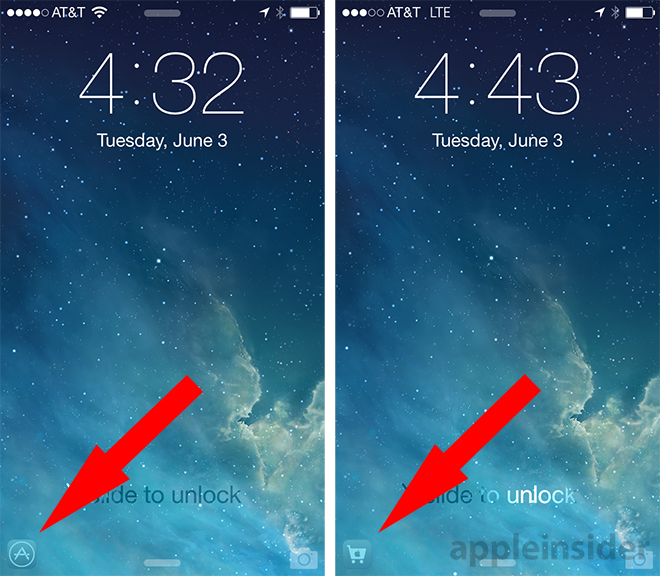
This won’t be used very often, but it’s an important trojan horse to what I expect will be a future holistic iOS payments system.
Metal, SpriteKit, SceneKit
For game developers, Apple continues to lead the pack. With improvements across the board, there’s no question that iOS will remain the most popular mobile gaming platform for developers.
Even if you are a pretty serious 3D gaming developer, chances are you won’t use the new Metal framework directly. You are probably building your app with a toolkit like Unity, and when they release a version that supports Metal, you’ll automatically get the advantages in your app.
For casual game developers, SpriteKit and SceneKit are likely to substantially speed up your graphics and physics engine development.
Swift and CloudKit
These topics were worthy of their own post. See Should I Be Using Swift and CloudKit for my iOS App? for the low-down here.
What about HealthKit and HomeKit?
Obviously, if you are squarely in the health/wearables applications or home automation space, you are paying very careful attention to those elements of the WWDC announcements.
My guess is that for at least the next year, these features are going to suffer the same fate as PassKit, announced last year. There was a flurry of initial experimental support, but very few users integrated it into their daily workflows, and it has languished. Even power-users I know make very little weekly use of PassBook.
My recommendation is to watch curiously from the sidelines unless your core business relies on health or home features.
Resources
Follow the whole announcement with great photos and commentary at The Verge